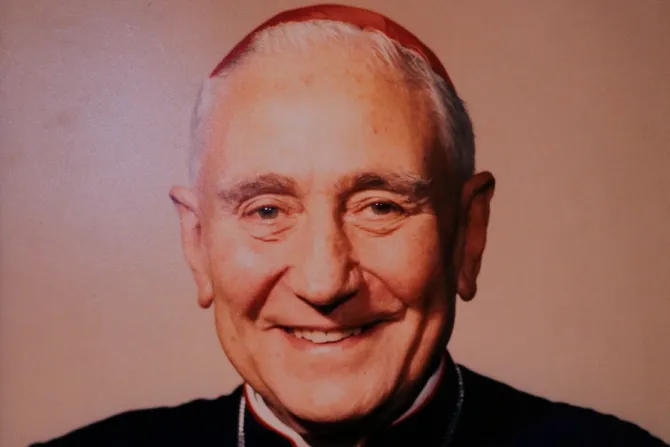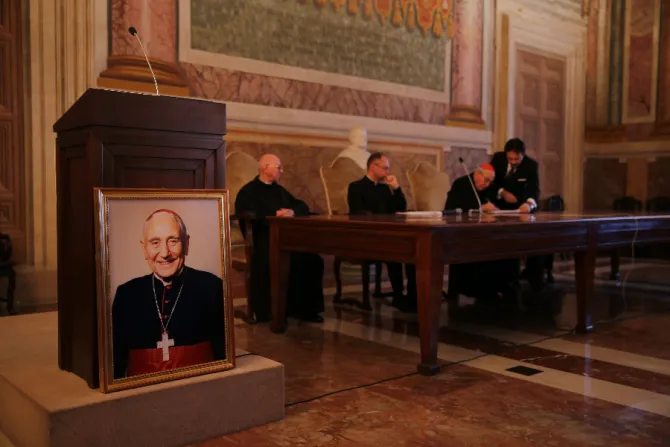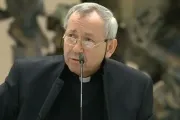During the last phase of the government of Isabel Perón and the military dictatorship that followed, he received death threats and was transferred to Rome. Pope Paul VI named Pironio a cardinal in 1976.
Pope John Paul II called on Pironio to serve as the president of the Pontifical Council for the Laity in 1984, a post he held until 1996.
In this role, he helped to launch the first World Youth Day in Rome, as well as the following World Youth Days in Buenos Aires, Santiago de Compostela, Poland, Denver, and the Philippines.
Pironio also served as prefect of the Congregation for Institutes of Consecrated Life and of Societies of Apostolic Life.
He died from bone cancer in Rome on Feb. 5, 1998, and is buried at the shrine of Our Lady of Luján in Argentina. His cause for beatification was opened on June 23, 2006.
“I thank the Lord for the privilege of the Cross. I am very happy to have suffered so much,” Pironio wrote as he battled cancer. “I am only sorry for not having endured it better and for not always having relished my cross in silence. Now at least I would like my cross to begin to shine and bear fruit.”
In his funeral homily, John Paul II expressed gratitude for Pironio’s contribution to the creation of the World Youth Day celebrations.
“He witnessed to his faith with joy: the joy of being a priest and the constant desire to communicate it to the young people of today,” John Paul II said.
On Friday, Pope Francis also approved a miracle attributed to Venerable Maria Costanza Panas, an Italian Poor Clare nun who died in 1963. The step paves the way for her beatification.
Costanza was bedridden for the last three years of her life and offered her suffering in particular for Pope John XXIII and the success of the Second Vatican Council.
The pope also recognized the heroic virtue of two other religious sisters and a Carmelite brother from Italy.
(Story continues below)
Subscribe to our daily newsletter
The sainthood causes of the Brazilian Sister Benigna Victima de Jesus (1907-1981) and Spanish Sister Giovanna Méndez Romero (1937-1990) advanced with the declaration.
The Carmelite Brother Immacolato Giuseppe di Gesù (1922-1989) lived a life of heroic virtue while bedridden with severe pain for decades without giving in to despair or self-pity.
“I bless the Lord, because not even those who are close to me realize the depth of my pain,” he wrote in a letter to a priest in 1955, according to a website dedicated to his cause.
Courtney Mares is a Rome Correspondent for Catholic News Agency. A graduate of Harvard University, she has reported from news bureaus on three continents and was awarded the Gardner Fellowship for her work with North Korean refugees.






